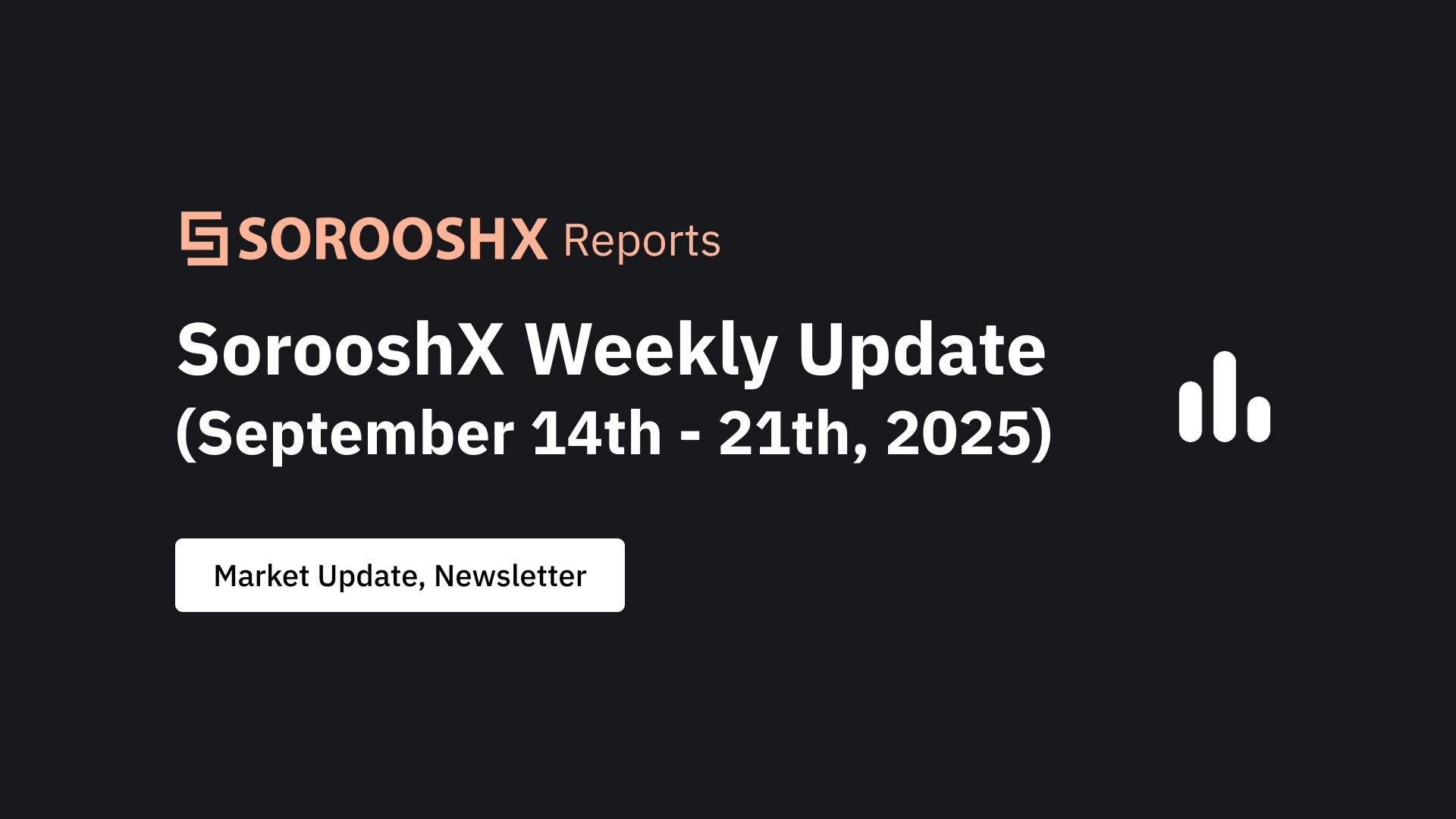
U.S. Federal Reserve Cuts Interest Rates
On September 17, the Fed cut its benchmark interest rate by 25 basis points, bringing the target range to 4.00%–4.25% — the first rate reduction since December 2024.
The Fed’s decision was driven by signs of a weakening labor market despite inflation remaining above target.
The Fed signaled the possibility of two more quarter-point cuts before the end of the year, depending on incoming data.
US Banking-and Finance Reactions to Fed Move
Following the rate cut, major U.S. banks (e.g. JPMorgan, Wells Fargo, Bank of America) lowered their prime lending rates from ~7.50% to 7.25%. This affects consumer loans, mortgages, etc.
However, analysts warned that markets may “sell the news”—i.e. the rate cut might not lead to a sustained rally, because expectations were widely priced in.
Bank of England Holds Rates, Cautions on Inflation
The BoE kept UK interest rates steady at 4% on September 18. There was a division on the committee, with some members favoring a cut.
The Governor (Andrew Bailey) warned the UK is “not out of the woods” with inflation persisting, especially in services and wage growth.
Also, the scale of Quantitative Tightening (QT) was reduced (from £100bn to £70bn over the next year) to ease pressure in bond markets.
Bank of Japan Signals Hawkish Shift
On September 19, the BOJ held its policy rate at 0.5%, but took the unexpected step of beginning to sell its holdings of risky assets like ETFs and REITs.
Two board members voted for raising rates to 0.75%, but were overruled. The move to unwind stimulus assets points toward gradual policy normalization.
Global Growth, Inflation, and Forecasts
S&P Global’s outlook: Growth in the second half of 2025 is expected to be weaker across most major economies, though activity (PMI) is showing some resilience in the near term. Sticky inflation remains a risk.
In the EU, Mario Draghi warned about stagnation, lack of implementation of reform recommendations, and that Europe’s economic growth is lagging behind the U.S.
Energy & Commodities
OPEC+ agreed to raise output next month, adding about 137,000 barrels per day, citing relatively balanced supply and demand.
Crypto Markets & Sentiment Around Fed & Macro Moves
Bitcoin rose modestly (~0.6%) in anticipation of the Fed’s decision, as did XRP (~1.5%), while Ethereum and Solana saw slight declines.
Institutional demand for crypto continued: spot ETFs for Bitcoin and Ethereum saw strong inflows in recent days leading up to these events.
Predictions & Long-Term Outlooks
Dan Morehead of Pantera Capital reiterated bullish expectations: after having correctly predicted Bitcoin would hit ~US$120,000, he now forecasts it could double over the next year and maybe reach US$1 million over the longer term.
The wave of token unlocks, regulatory developments, and macro expectations are being closely watched as potential catalysts for volatility and opportunity.
Specific Token Events
Arbitrum (ARB) token unlock: around 92.65 million ARB tokens (≈2% of circulating supply) are unlocking. Such events often lead to short-term price pressure depending on how many holders choose to sell.
Market Data & Levels
Bitcoin traded in a relatively tight range, with support near US$110,000–112,000 and resistance near ~US$113,400.
Overall crypto market cap was around US$4.08 trillion as of September 14, and markets showed modest daily gains.
Based on the developments from the prior week, here are likely themes, risks, and what to watch for:
Monetary Policy Moves & Central Bank Signals
The Fed’s forward guidance will be crucial. Markets will likely react strongly to incoming labor market data, inflation reports, consumer spending — anything that may force the Fed to revise its two-rate-cut forecast.
BOJ’s decision to sell ETFs/REITs signals a shift; markets will closely monitor any further hawkish votes or commentary that suggest when rates may rise.
Inflation vs Growth Trade-Off
Inflation remains above central bank targets in many countries (U.S., UK, Japan). If inflation surprises to the upside, central banks may need to be more cautious tightening or loosening.
On the growth side, data is showing signs of weakness in manufacturing (e.g. U.S.), which could push central banks toward easing sooner.
Currency & Asset Price Volatility
With divergent central bank policies (Fed easing, BOJ starting normalization, BoE cautious), we can expect FX volatility, especially USD/JPY and pound/dollar movements.
Risk assets (stock markets, crypto) may move more on policy surprises and data than on bullish momentum alone.
Crypto-Specific Risks & Catalysts
Token unlocks (like Arbitrum) will continue to pose short-term downside risk for those tokens.
Regulatory clarity (or lack thereof) remains a wildcard, especially in major jurisdictions (U.S., EU, Asia).
ETF flows will be watched as a signal of institutional conviction, especially if they accelerate post-rate cut.
Potential Weak Spots to Watch
Labor market data in the U.S.: continued deterioration could force more aggressive cuts. But if job gains are strong, inflation risks may resurface.
Inflation, especially “stickier” components like wages, shelter, services.
Geopolitical risks or supply‐chain shocks that could feed into energy or commodity prices.
We are excited to announce the listing of trending trading pairs on our platform (Spot and Futures) during the last week:
Think you’ve got what it takes to make the leaderboard?
Start your own trading channel on SorooshX today and begin sharing your market insights and signals with a growing community of traders. It's your chance to shine, build a following, and earn weekly bonuses for your performance.
Thank you for being a part of the SorooshX community! Stay informed and make the most of your trading experience on SorooshX! Here’s how you can engage with us:
Explore New Features: Log in to your SorooshX account to experience the latest updates and improvements.
Join the Conversation: Join “Ideas” our special social media for traders on SorooshX to stay updated on market trends and platform news.
Trade Smart: Take advantage of our newly listed trading pairs and explore new opportunities in the market.
Written by
@support